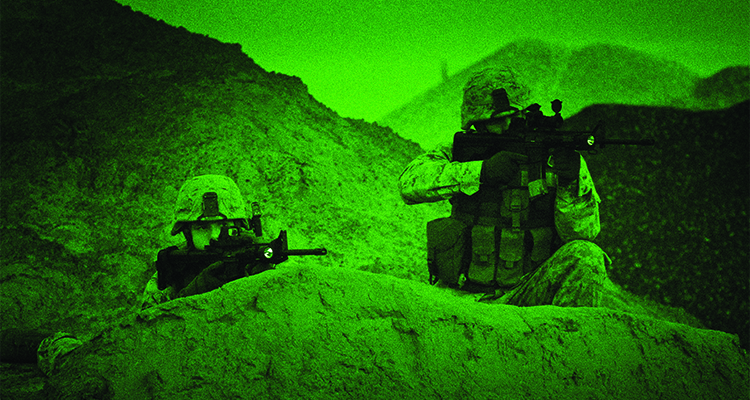LED Colors and Uses
A while back we made a post about Flashlight Color Temperature, elaborating on the different tints and hues of white light and why you should care. For this post, we will discuss all colors of the spectrum, and which LED colors are better for different applications.
White: Great for all around, every day illumination.
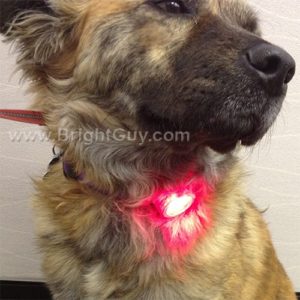
Red (630 nm): Red LEDs are do not appear as bright to the human eye as white LEDs. If your eyes are night vision adjusted, it’s a good idea to use a red LED to navigate your way in the dark so you don’t ruin your night vision. Red light is also great for camping if you do not want to wake your neighbors with a bright white light. Red light is the universal signal for attention, so it is a great thing to have in emergencies for signaling and safety.
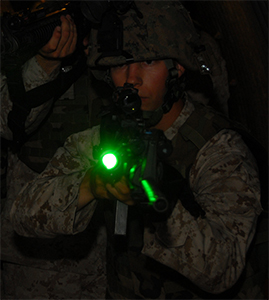
Green (525 nm): Green LEDs are useful outdoors. Many hunters claim that the green light attracts deer and other wild game, and the green light will not scare away fish, deer, and other game like a bright white light will. The green LEDs also have a longer run time than many other colored LEDs.
NVG – Night Vision Green (495 nm): NVG LEDs, along with red LEDs, are useful for preserving night vision. NVG colored LEDs are useful for military pilots as well, who have special equipment that is designed to work with NVG lights.
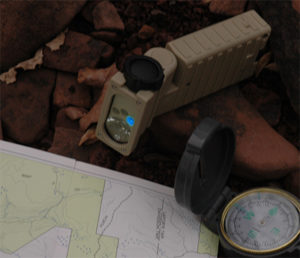
Blue (470 nm): Blue LEDs are useful for pilots and other personnel who need to read maps at night. Other colored LEDs (such as red LEDs) will not work for map reading because it will wash out red lines. Blue LEDs are also used by police and crime scene investigators because it will make blood and bodily fluids visible that are usually invisible to the naked eye. Blue light is the only light that can cut through fog, which is why it is widely used for fog headlights.
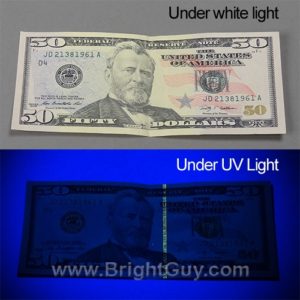
UV – Ultraviolet (365-400 nm): Ultraviolet LEDs, also known as black lights, have a wide variety of uses. They aid in authenticating money, driver’s licenses, and other documents by making the special watermarks fluoresce. They are also useful to auto mechanics, plumbers, and maintenance personnel for detecting HVAC (Heating, Ventilation, and Air Conditioning) leaks. UV flashlights can be used by crime scene investigators to make blood and other bodily fluids easily visible. Ultraviolet light is also very useful for pest detection. Stains left by mice, dogs, cats, and other animals will fluoresce under the UV light. Scorpions will turn a bright green color under the UV light, making them easier to find in and around your home. UV lights are also used in mineralogy, making different minerals contained in rocks fluoresce at different wavelengths of light.
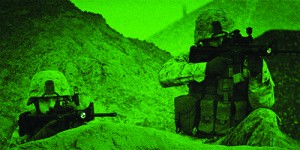
IR – Infrared (750-1000 nm): Infrared LEDs are very useful for hunting/tracking at night. The IR light is not visible to the human eye, so it will not give away your position if you shine it on a subject. While the subject remains almost invisible in natural light, the infrared light will illuminate the subject using specialized night vision IR equipment.
Hopefully this helps in your decision on which LED flashlight you need. You can find a large selection of flashlights with red, green, NVG, blue, Ultraviolet, and infrared LEDs on BrightGuy.com. BrightGuy stocks over 450 types of flashlights and is an authorized distributor for Streamlight, SureFire, Fenix, Underwater Kinetics, Princeton Tec, Petzl, LED Lenser, Pelican, and more.

